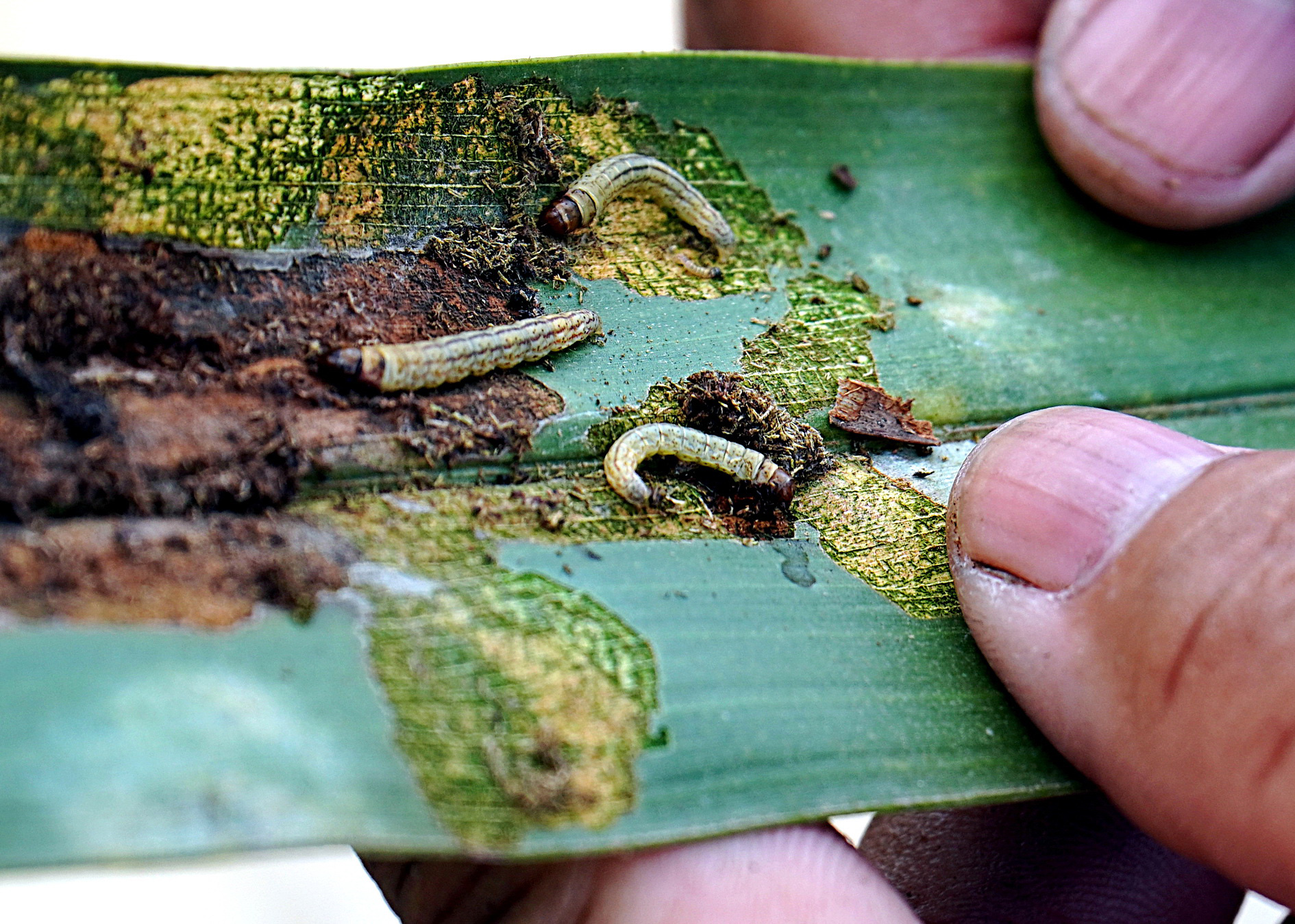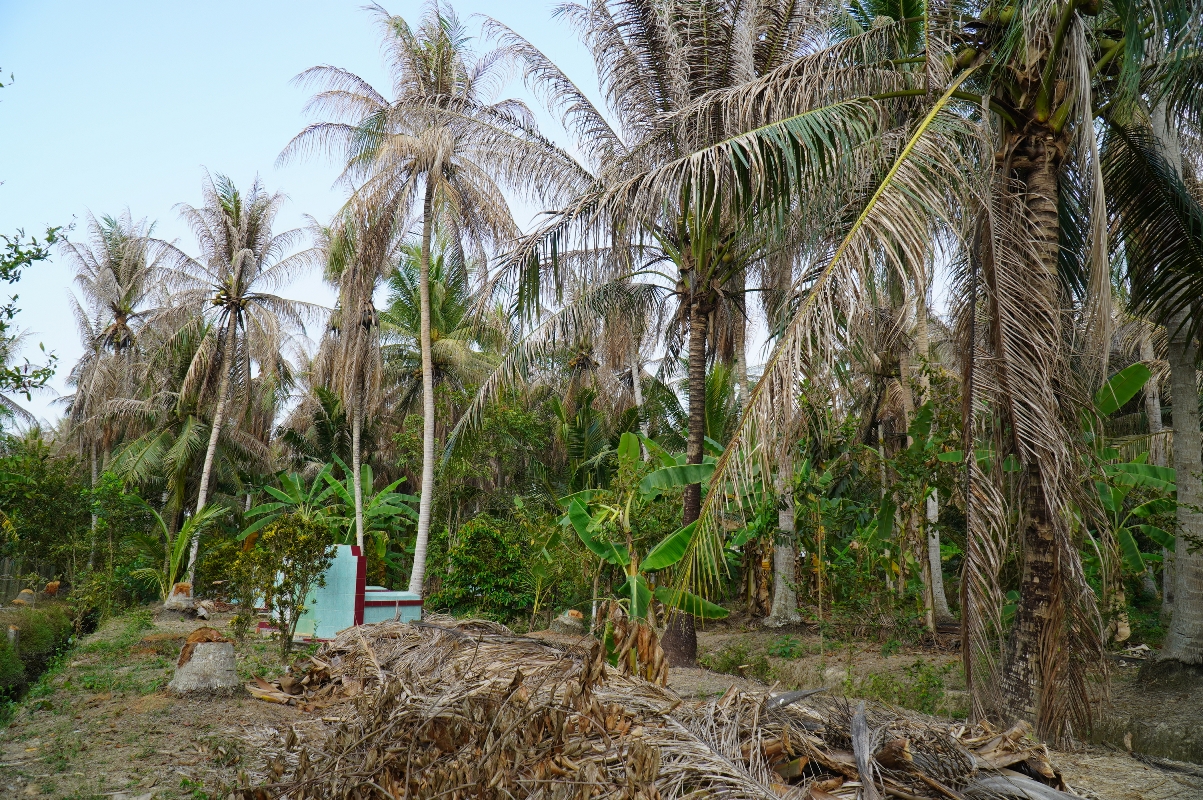The agriculture authorities in Ben Tre Province, southern Vietnam have released 285 million parasitic wasps into the environment to combat the coconut black-headed caterpillar (Opisina arenosella), a pest that has plagued coconut trees in the Mekong Delta for years.
Huynh Quang Duc, deputy director of the Ben Tre Department of Agriculture and Environment, said on Saturday that efforts to control the coconut black-headed caterpillar are progressing well, based on biological control methods.
“Since the beginning of 2024, we have released over 285 million parasitic wasps to target the coconut black-headed caterpillar, and the results have been very effective,” Duc said.
“The wasps, once released, inject toxins into the caterpillar larvae, paralyzing them and laying eggs on their bodies.
“After 15 days, each parasitized caterpillar can hatch between 10 and 50 new wasps.
“On average, a female wasp lives for over 20 days and lays about 100 eggs.”
The two types of wasps used for the biological control are Habrobracon hebetor and Trichospilus pupivorus.
These wasps attack the coconut black-headed caterpillar at both the pupa and larval stages, effectively preventing the spread of the pest.
|
|
| Coconut black-headed caterpillar (Opisina arenosella), a pest that has plagued coconut trees in Vietnam's Mekong Delta for years. Photo: Mau Truong / Tuoi Tre |
According to local statistics, approximately 609 hectares of coconut groves previously infested by the coconut black-headed caterpillar have been restored.
Notably, two districts with large-scale and severe infestations, Mo Cay Nam and Thanh Phu, have shown signs of recovery, with the caterpillar’s spread slowing and the coconut trees regenerating.
The Ben Tre agriculture authorities have also issued a public advisory on how to deal with coconut black-headed caterpillar infestations.
Individuals and organizations are urged to report the presence of the pest to local authorities and specialists to ensure timely intervention.
To effectively control the coconut black-headed caterpillar, an accurate assessment of infestation levels is essential to select appropriate measures.
To effectively manage the pest, the authorities emphasize the need for an accurate assessment of infestation levels in order to select appropriate control measures.
|
|
| A coconut grove in Ben Tre Province, southern Vietnam. Photo: Mau Truong / Tuoi Tre |
In cases where less than 20 percent of a coconut grove is affected, the first step is to prune and destroy the infected leaves.
The second step involves releasing parasitic wasps multiple times while monitoring the situation until no further damage is observed.
Authorities have warned against the widespread use of chemical pesticides, as they can harm the parasitic wasps, which serve as the natural predators of the coconut black-headed caterpillar.
Ben Tre, which accounts for around 50 percent of Vietnam’s coconut cultivation area, with approximately 79,000 hectares, has been battling the pest for several years.
The coconut black-headed caterpillar was first detected in the province about five years ago and has since spread to over 1,000 hectares of coconut trees.
The pest, native to southern India and Sri Lanka, has caused damage across 16 countries in Asia, including Cambodia, Thailand, Myanmar, and China, since its appearance in the mid-19th century.
Like us on Facebook or follow us on X to get the latest news about Vietnam!
























































